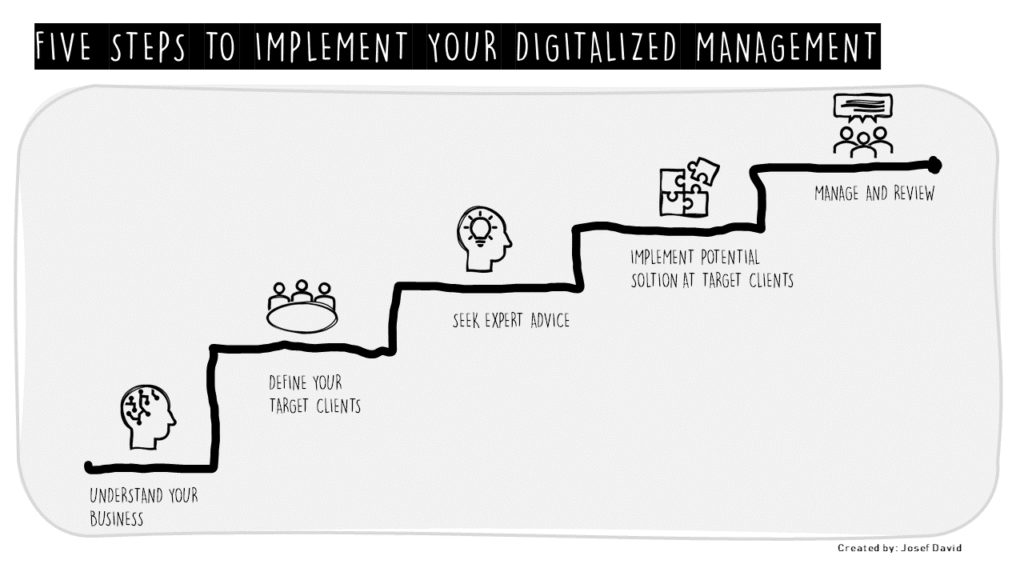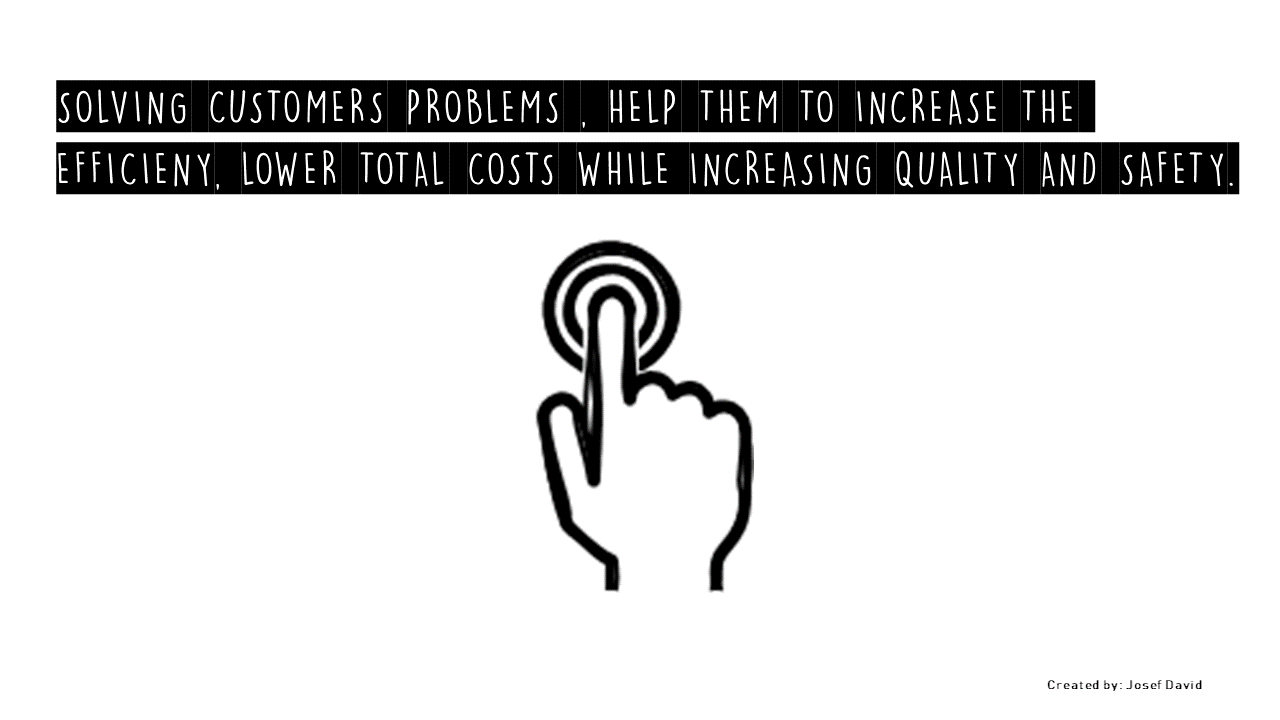Cracking the Digital Solution Code
The digital age has brought about a myriad of opportunities and challenges for businesses. The ability to leverage digital solutions effectively can be the difference between success and failure in today’s competitive marketplace. However, cracking the digital solution code is not as straightforward as it may seem.
Problem – Bad Solution
One of the most common problems businesses face is the implementation of ineffective digital solutions. This often stems from a lack of understanding about what digital solutions are and how they can be utilised to enhance business operations. For instance, a company might invest heavily in a new customer relationship management (CRM) system, but fail to train their staff adequately on how to use it. The result? A costly system that does not deliver the expected benefits.
Impact – Bad Solution
The impact of such bad solutions can be devastating for businesses. Not only do they lead to wasted resources (both time and money), but they can also damage a company’s reputation. Customers expect seamless, efficient service in today’s digital age. If a business cannot deliver this due to poor digital solutions, customers will quickly look elsewhere.
Solution – Excellent Digital Solution
So, how can businesses crack the digital solution code? The answer lies in understanding the specific needs of your business and finding a solution that addresses these needs effectively. This might involve investing in bespoke software development or seeking out expert advice on how to leverage existing technologies effectively for instance: to create, implement and operate an automated replenishment system to refill your customers’ stock automatically..
Case Studies – Bad Solution – Excellent Digitalized Solutions
Let’s consider two case studies to illustrate this point:
1) A retail company invested heavily in an e-commerce platform without considering their target audience’s online shopping habits. The result was a platform that was difficult to navigate and did not resonate with their customers. Sales plummeted, and the company struggled to recover from this costly mistake.
2) Conversely, a small start-up recognised that their target audience was primarily mobile users. They invested in developing an intuitive mobile app that made it easy for customers to browse and purchase their products. The result? A significant increase in sales and a loyal customer base.
These case studies highlight the importance of understanding your business’s specific needs before implementing digital solutions.
Call-to-Action: Step-by-Step to Excellent Digitalized Solutions
Cracking the digital solution code is not an overnight process. It requires careful planning, research, and potentially, investment. Here are some steps to guide you:

1) Understand your business: Identify your specific needs and challenges. What problems are you trying to solve? What do your customers expect from you?
2) Research: Look at what other businesses in your industry are doing. What digital solutions are they using? Can these be adapted to suit your needs?
3) Seek expert advice: If you’re unsure about what solutions would work best for your business, seek advice from a digital solutions expert.
4) Implement: Once you’ve identified a potential solution, implement it carefully. Ensure all staff are trained adequately and monitor the results closely.
5) Review and adapt: Digital solutions should not be static. Regularly review their effectiveness and be prepared to adapt as necessary.
Cracking the digital solution code is a journey, not a destination. But with careful planning and execution, businesses can leverage digital solutions effectively to enhance their operations and achieve success in today’s digital age.
